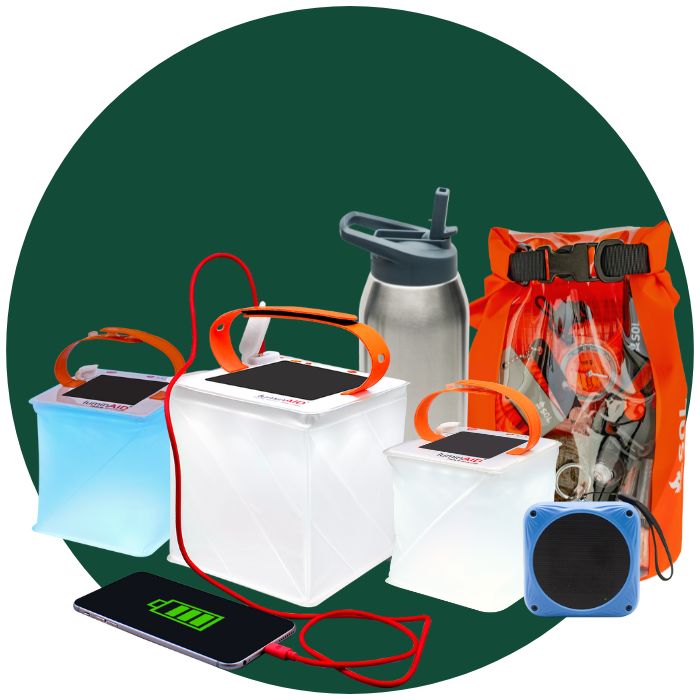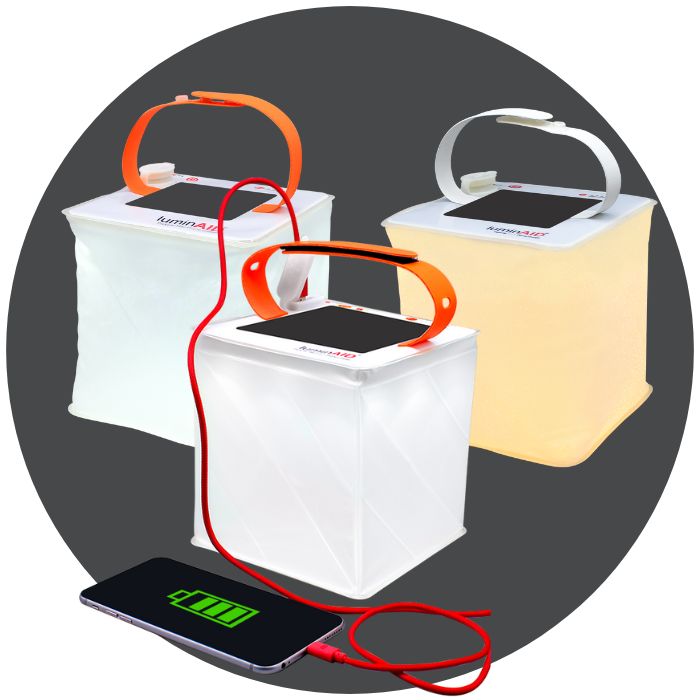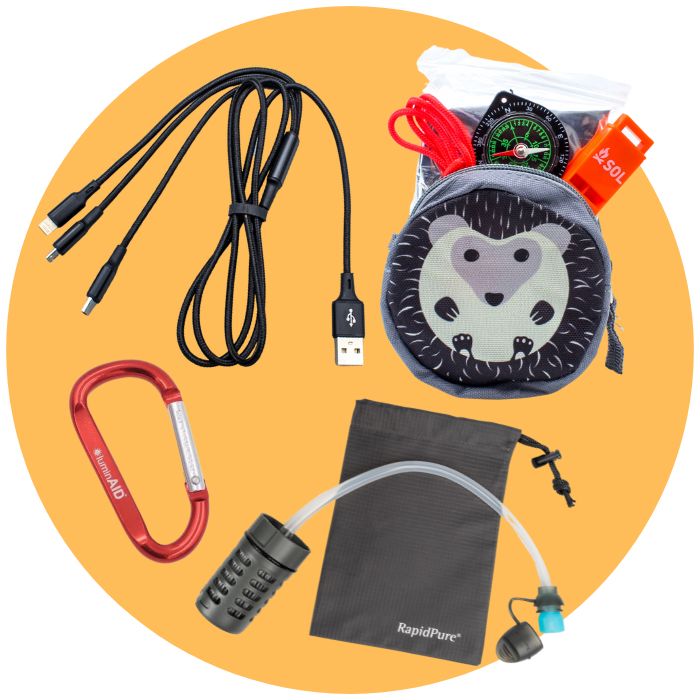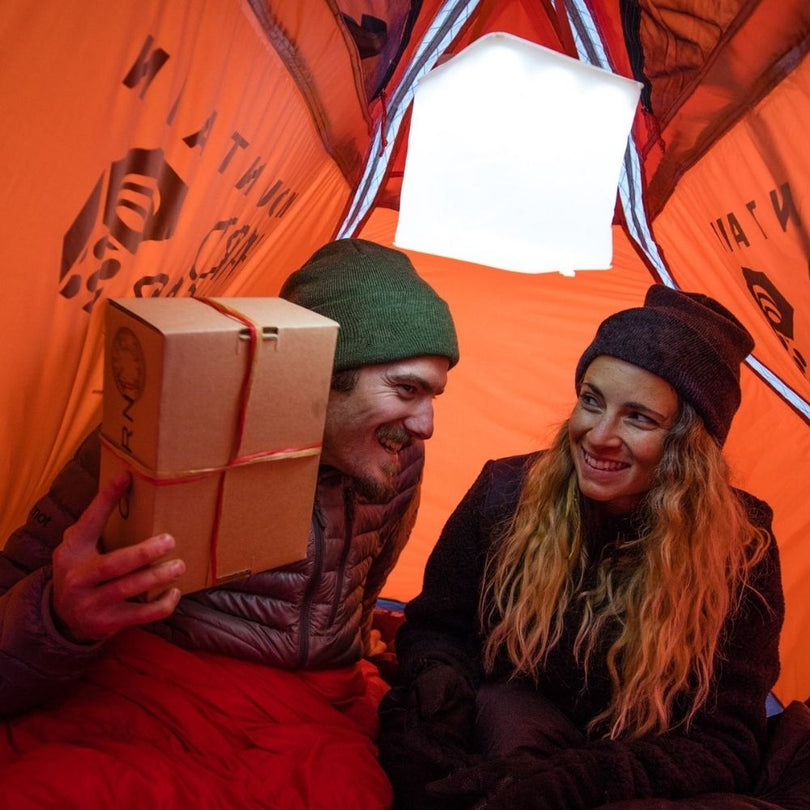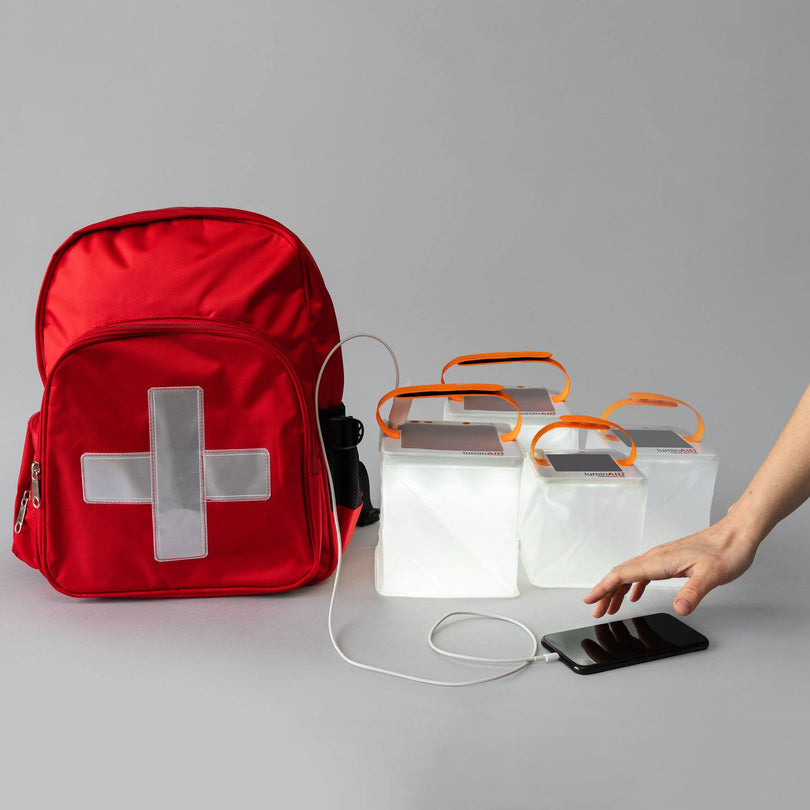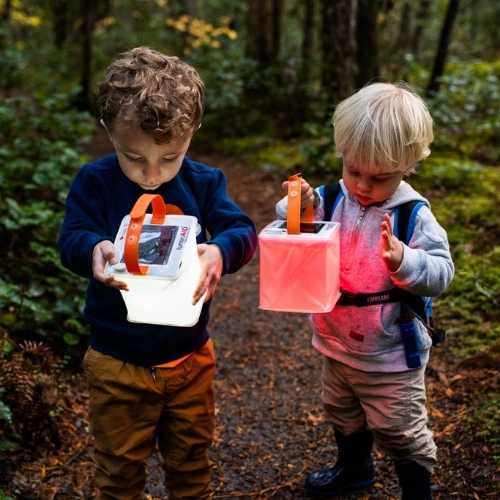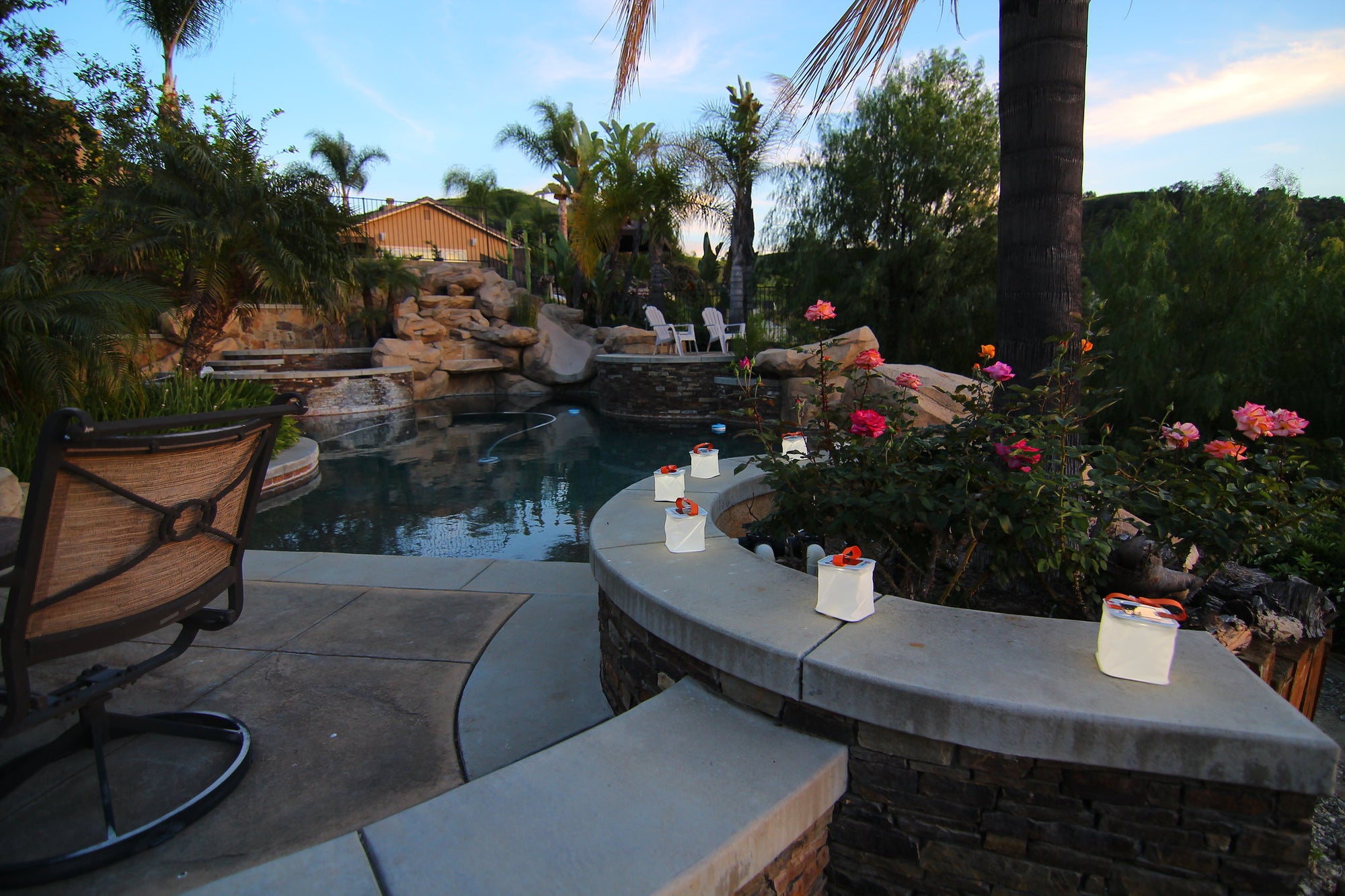Wildfires are dangerous and unpredictable natural disasters that have become more and more common year-round: unlike hurricanes or tornadoes, there is no distinguishable “season” for forest fires. Wildfires can occur without warning and spread quickly, causing damage to homes, and posing a dangerous threat to you and your family. If you live in an area that is at risk for wildfires, it’s important to have a plan in place should one occur. Here are some of the most important ways you can prepare for wildfires:
1. Know your evacuation routes
 Wildfires often do not come with much warning. Therefore, it’s important to know multiple evacuation routes and have a plan in place for getting children and pets out safely. Have a designated safe place that you know you can go to if a wildfire threatens your home, such as a friend’s house, a hotel, or a shelter.
Wildfires often do not come with much warning. Therefore, it’s important to know multiple evacuation routes and have a plan in place for getting children and pets out safely. Have a designated safe place that you know you can go to if a wildfire threatens your home, such as a friend’s house, a hotel, or a shelter.
It’s also important to stay informed. Many communities who may be under threat of wildfire have notification systems set up so that you receive emergency text messages straight to your phone if an evacuation is called for.
Planning for evacuation is important, but sometimes it is not an option depending on the nature of the wildfire. In case of a situation in which it is too dangerous to go outside, pick out a room in your house that you can close off to stop outside air from getting in. You can set up an air cleaner and filter, and signal 911 immediately to get help.
2. Have a go-bag prepared in case of evacuation
It’s impossible to know where a wildfire will come from and what infrastructure it may knock out along the way. Power is often the first to go as companies turn it off if there is risk of a fire, leaving many without access to light or important information. Make sure you’re always prepared with a go-bag of essential items that you can take with you as you evacuate.
Your wildfire go-bag should include:
- A gallon of water per person/pet per day for three days
- Enough non-perishable food for three days
- A portable radio and extra batteries
- First aid kit
- Extra supply of medication
- Light source (solar lantern, flashlight, candles and matches that you can keep dry)
- Backup power (solar phone charger, batteries, headlamp)
- Copies of important identification documents (i.e. driver’s license, birth certificate, prescriptions, insurance policies)
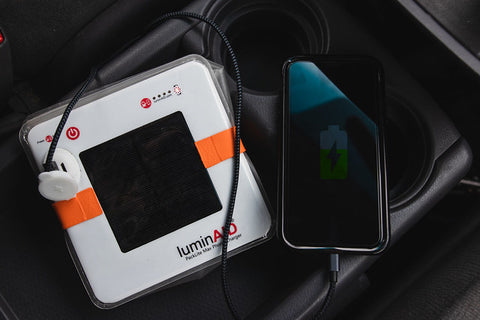
- Local road maps marked with possible evacuation routes
- Whistle to signal for help
- Respirator
- Necessary personal hygiene supplies
- A sturdy pair of shoes
- Long sleeve shirt, pants, goggles, gloves
- Extra eyeglasses
- For pets: Leash, copy of veterinary records, food/water, carrier if applicable
Remember to routinely check your go-bag to make sure everything is functional and ready to go. Replace food that is expired, and ensure your backup light and power sources are fully charged and working properly. Also, it may be smart to have two separate go-bags in your home and in your car in case it is not safe for you to enter your home.
3. Make sure you’re covered
Check your home and car insurance policies and ensure they include fire protection. Back up your electronics regularly and make sure important documents that you keep electronically are password-protected. Again, keep print copies of important documents in your emergency kit.
Preparing your home for a wildfire:
- Regularly remove dead branches, leaves, and other debris
- Make sure all floors have smoke detectors near sleeping areas
- Consult with your local fire department about how to best fireproof your home
For more information about preparing for wildfires, please visit https://www.ready.gov/wildfires.

